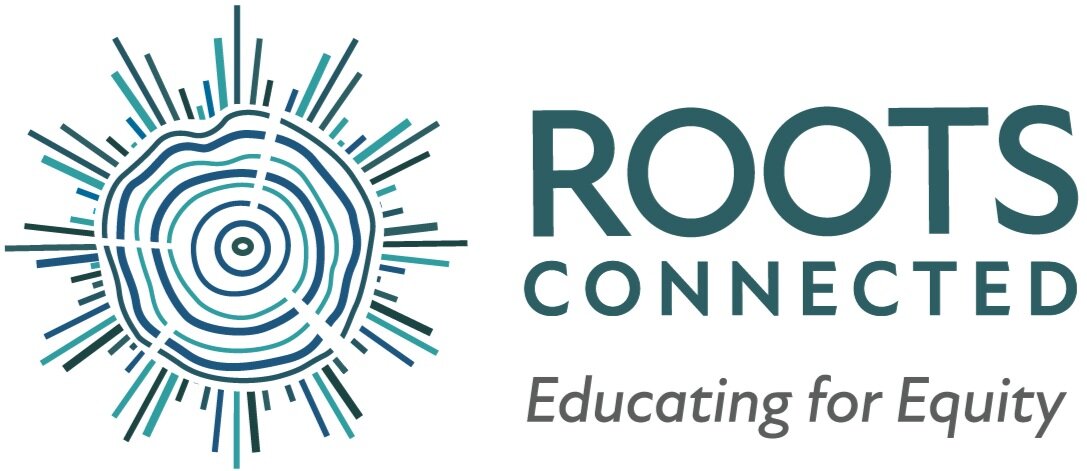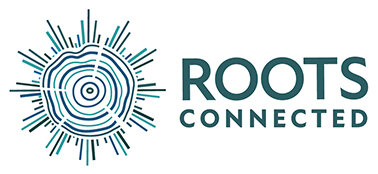Social Action as a Tool of Anti-Bias Education: Personal and Collective Goals
“You cannot expect something to happen without your doing something, without taking action.”
We believe in raising children to see social action as a vital human responsibility and to understand that action takes many forms. For kids to be propelled to action, they must know, and deeply understand, injustice. Education is a critical vehicle through which action takes place. Social Action cannot live in isolation. Rather, it must be reinforced by students who are taught to think critically as well as recognize and understand multiple perspectives. Social Action is an integral component of Anti-Bias Education.
The goals for Social Action can be separated into three different categories:
Adults committed to social action as a tool of anti-bias education must continue to work towards personal transformation and change. They may ask themselves: Do I recognize myself as an activist? How do I work consistently to transform the systems, structures, and curriculum into one centering equity, human connection and liberation?
Personal transformation cannot be where it ends.
Students create a happiness wall in the school and encourage students to add things that make them feel happy and connected.
As Jamilla Pitts says in her piece: Teaching as Activism, Teaching As Care: “[...] I find the most encouragement and the most hope in teaching and in teachers. We have a reach and an ability unlike any other because we deal with the minds and hearts of young people. We get to shape change-agents.” A question for teachers committed to this work is: Do I cultivate each student’s ability and confidence to stand up for himself and for others in the face of bias and injustice? Do I create opportunities for my students to learn that action can take many forms? Are my students exposed to the various ways in which people work for change, both historically and presently?
Students write letters to people in power to change the name and images of how Indigenous people are represented.
If classrooms are spaces where teachers teach into hard history and injustice they must also be spaces where kids are taught how to take action and that their voices and actions matter. If teachers are creating space for Social Action they are raising students who demonstrate the skills to act, alone and with others, against prejudice and/or discriminatory actions.
Using Social Action as a tool allows stakeholders in a school community to see themselves as agents of change as well as recognize the agency and responsibility we have in working towards justice. As Lilla Watson says, and attributes as a collective belief, “If you have come here to help me you are wasting your time, but if you have come because your liberation is bound up with mine, then let us work together.” Our liberation is tied to one another, communally and individually. Vital to this work is seeing oneself in it.





